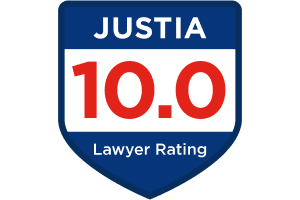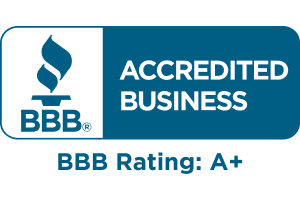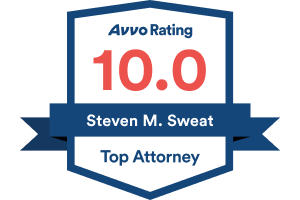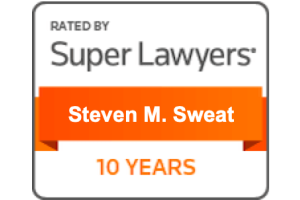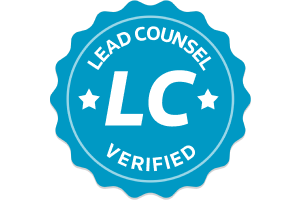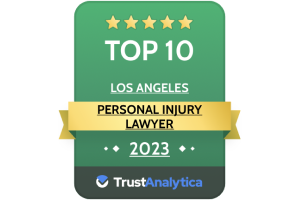- Free Consultation: 866-966-5240 Tap Here To Call Us
Verdict for Injured CA Construction Worker Upheld

Construction workers and people who are walking near construction sites may be injured because these worksites are hazardous. When construction workers are injured at their jobs, they may be limited to recovering workers’ compensation benefits from their employers’ insurance carriers. However, when the negligence of third parties causes their accidents, they may be able to file third-party negligence claims against the responsible parties.
In general, contractors that hire subcontracting companies to perform work at their worksites may not be held liable when the employees of the subcontractors are injured at their jobs. However, as Strouse v. Webcor Construction, L.P., Cal. Ct. App. Case No. A148863 shows, there are some circumstances in which a general contractor may be liable to pay damages to the employees of subcontractors when the general contractor affirmatively contributes to the accident and resulting injury.
Factual and procedural background of the case
James Strouse was employed by ACCO, a company that had been hired by Webcor as an independent contractor to perform plumbing and ventilation services at a major project to upgrade the California Memorial Football Stadium in Berkely to meet seismic standards.
Webcor contracted with the University of California to complete the improvements on the stadium so that it would have greater seismic safety. In its contract with the university, Webcor agreed to be solely responsible to initiate, maintain, and supervise the safety programs and precautions at the worksite. Webcor subsequently subcontracted with Acco for the ventilation and plumbing work. In its contract, Acco agreed to comply with all laws and regulations, including those regarding safety.
As a part of the project, Webcor created numerous expansion joints, which are spaces between the concrete so that it could move in an earthquake. The joints were openings that were each about 12 inches wide and 12 inches deep. During the construction, Webcor maintained sole responsibility for covering these openings and for inspecting, maintaining, and repairing the covers that were placed over them. A carpenter installed two sheets of plywood in each opening and secured them.
Some of the workers would remove the covers to work within the expansion gaps. In some cases, they failed to re-secure the opening covers. Webcor officials were supposed to inspect and repair the covers each day and would not allow any other party to fix them.
Strouse was walking while carrying a heavy object on Jan. 9, 2012, when he walked over one of the expansion joint covers. The plywood was loose and gave way under him. He suffered injuries to his hip, knee, and sacroiliac joint. Strouse subsequently filed a lawsuit against Webcor, alleging that it was negligent in its duty to maintain and repair the expansion joint covers. Webcor filed a cross-complaint against Acco to seek indemnification.
After a jury trial, the jury deliberated for 90 minutes before returning a verdict in favor of Strouse. It found that Acco and Strouse were not liable and assigned 100% of the liability to Webcor. The jury’s verdict in favor of Strouse was $2,626,750. After the trial, the judge granted Acco’s motion for attorneys’ fees in the amount of $298,843. Webcor filed a motion for a judgment notwithstanding the verdict, and it was denied. Webcor filed an appeal to the California Court of Appeals, alleging several grounds of error.
Issue: Whether Webcor could be liable for injuries to an employee of its subcontractor; (2) Whether Webcor affirmatively contributed to Strouse’s injuries; and (3)Whether the trial court improperly denied Webcor’s proposed instructions and its motion to set aside the verdict?
Webcor raised multiple issues on appeal. It appealed the judgment against it, claiming that it should not have been held liable for the injuries to the employee of Acco as a general contractor. It argued that the court should have not used CACI 2009B to instruct the jury because it used the language “substantial factor” instead of affirmative contribution. Webcor also argued that the court erred in denying its alternative jury instruction that used the language “affirmative contribution” and a special instruction that Webcor had submitted. It also argued that the jury should not have been instructed on negligence per se and should have denied Acco’s motion for attorney’s fees because it had not alleged pleaded them in its answer to the cross-complaint.
Rule: The contractor that hires an independent contractor is generally not liable to employees of the independent contractor for personal injury; however, the contractor that hires an independent contractor may be liable to employees of the independent contractor if the hirer retains control over the safety conditions of the worksite.
In Privette v. Superior Court, 5 Cal.4th 689 (1993), the California Supreme Court held that an employee of a subcontractor who is injured while he or she is at work may not hold the contractor liable for his or her injuries. This is because the worker can seek workers’ compensation benefits through his or her direct employer. However, in Hooker v. Department of Transportation, the Supreme Court noted that there was an exception to the Privette doctrine. Under the exception, a general contractor may be liable for the injuries of an employee of a subcontractor in cases in which the general contractor has retained control over the safety of the worksite and has affirmatively contributed to the accidents that result.
For jury instruction errors, they will only necessitate a reversal and a grant of a new trial if they result in prejudice to the degree that a correct instruction would have resulted in a different verdict under Whitely v. Phillip Morris, 117 Cal.App.4th 635 (2004). Prevailing parties are allowed to file a motion for attorneys’ fees in California.
Analysis
The court first considered the Privette case and the exception that was noted by the California Supreme Court. In reviewing Webcor’s control over the expansion joints and their safety, it noted that Webcor would not allow any other party to inspect, maintain, or repair the joint coverings other than its own employees. It also noted that while daily inspections were required, none had been performed in the two days preceding the accident, meaning that Webcor could potentially hold liability to Strouse.
It then reviewed Webcor’s argument that the jury instruction that was given by the court that contained the language “substantial factor” instead of “affirmative contribution” was in error. It first noted that a similar argument in a different case had failed and found that the jury instruction that was given was not erroneous. The court also found that it was not error for the court to deny the alternative jury instruction that was proposed by Webcor, finding that it was misleading and that the court had no duty to revise or correct alternative instructions that were submitted to it. Finally, the court found that any instruction errors that might have occurred would not have changed the outcome of the case, pointing out that the jury took only 90 minutes to deliberate and found that Webcor was 100% liable for the injury accident. It also found that Acco had a right to file a motion for attorney’s fees as the prevailing party in the cross-claim.
Construction accident cases can be complex because so many parties may be potentially involved. As this case demonstrates, it is possible for a general contractor to be liable when it has affirmatively contributed to an injury accident through its negligence in controlling and maintaining safety at the worksite.
Conclusion
The court affirmed the Superior Court’s ruling and the jury verdict. It also upheld the award of attorneys’ fees to Acco and ordered Webcor to pay Acco’s and Strouse’s attorney fees and costs for the appeal.
Get help from the Law Offices of Steven M. Sweat
If you have suffered an injury accident at a construction site, there may be multiple parties that should be named in a lawsuit as well as other potential avenues of recovery. Getting help from an experienced construction accident lawyer at the Law Offices of Steven M. Sweat might help you to recover full compensation for your losses. Contact us today to schedule a free consultation.
Resources
https://law.justia.com/cases/california/court-of-appeal/2019/a148863.html?utm_source=summary-newsletters&utm_medium=email&utm_campaign=2019-04-26-personal-injury-23a6db683d&utm_content=text-case-read-more-5
https://law.justia.com/cases/california/supreme-court/4th/5/689.html
https://law.justia.com/cases/california/supreme-court/4th/27/198.html
https://law.justia.com/cases/california/court-of-appeal/2004/a091444m.html
https://www.victimslawyer.com/construction-injuries.html


